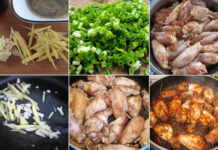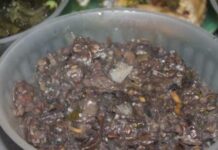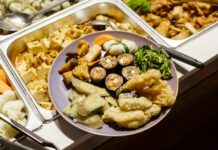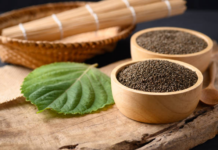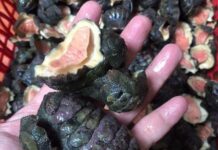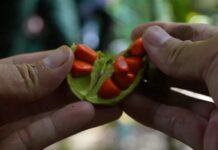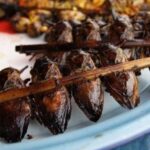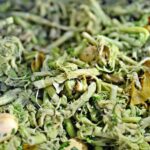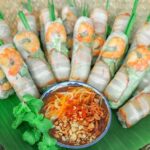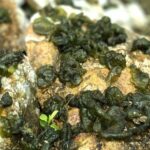In certain regions of Central and Northern Vietnam, there is a fish with a name that is both rustic and cringe-worthy. This fish is called “ca cung” or spiny eel in English. Once considered a delicacy fit for royalty, this fish is now a rare specialty sought after by connoisseurs, commanding a price of several hundred thousand dong per kilogram.

Locally known as “ca trau” or “ca treu doi” by the Ninh Binh natives, this elusive fish is a rare delicacy unique to the region.
In ancient times, ca cung was considered a heavenly gift, exclusively enjoyed by royalty. While it may be unfamiliar to many diners, this fish belongs to the same family as the banana fish, boasting a round body and firm flesh.
What sets ca cung apart is its unique habitat and behavior. These fish typically hide in rocky crevices and, during the dry season, dig deep into the yellow clay soil to survive and hibernate for up to three months. They only emerge during the rainy season, venturing out in search of food.
According to culinary experts, the cool, limestone-filtered water and unique environment of Hoa Lu, Ninh Binh, impart a distinctive flavor and texture to the fish’s meat, making it a delicacy worthy of being presented to the kings of the past.
In Ninh Binh, ca cung is only found in the flooded caves of Ninh Hai and Tong Truong in Hoa Lu district, and their numbers are extremely limited. This fish is renowned for its strength and ability to climb rocks, allowing it to reach high places such as hill crevices, mountain lakes, and even small streams amidst treacherous cliffs.
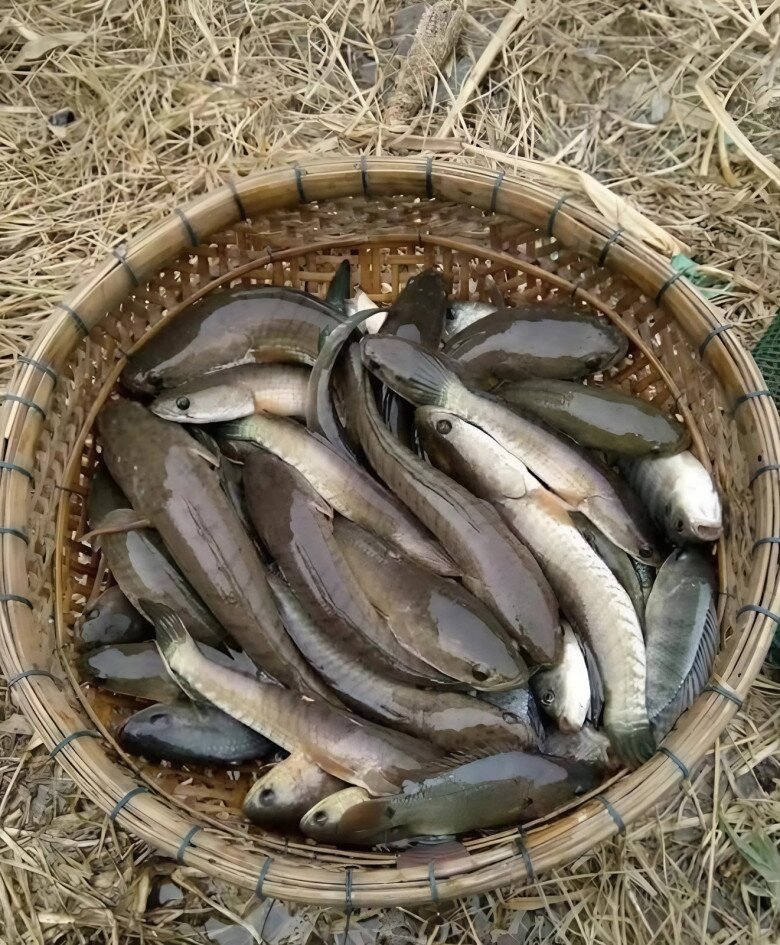
Ca cung is considered a heavenly gift and a rare delicacy in Ninh Binh.
When it comes to the culinary heritage of the ancient capital of Hoa Lu, ca cung holds a significant place in history. It is said that locals used to catch this rare fish to offer to the Emperor, considering it a gift from the heavens meant solely for royalty. In those days, it was considered a serious offense for commoners to consume ca cung.
Today, ca cung is highly sought after by gourmands, fetching prices of up to several hundred thousand dong per kilogram. The reason for its high price tag lies in the extremely limited supply, as these fish inhabit treacherous and inaccessible areas, and their specific dietary requirements make large-scale farming impractical.
Ca cung only emerges from its rocky hideaways during the rainy season, giving fishermen a brief window of a few months each year to catch them. As a result, diners often have to place advance orders and wait for weeks to get their hands on this delicacy. Despite the high price, ranging from 250,000 to 400,000 dong per kilogram, fresh catches of ca cung often sell out on the same day.
While ca trau can be prepared in various delicious ways, including grilled and porridge, the most exquisite and unique dish is a soup made with “rau sang” (a local specialty herb) that is intrinsically linked to the region’s cultural heritage. Every year, on the 7th day of the first lunar month, the villagers prepare this soup as an offering to their ancestors, praying for good weather and a bountiful harvest.
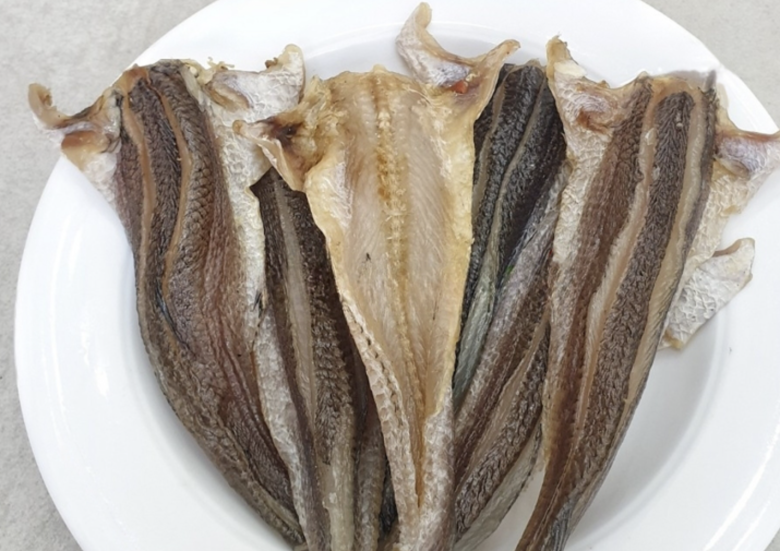
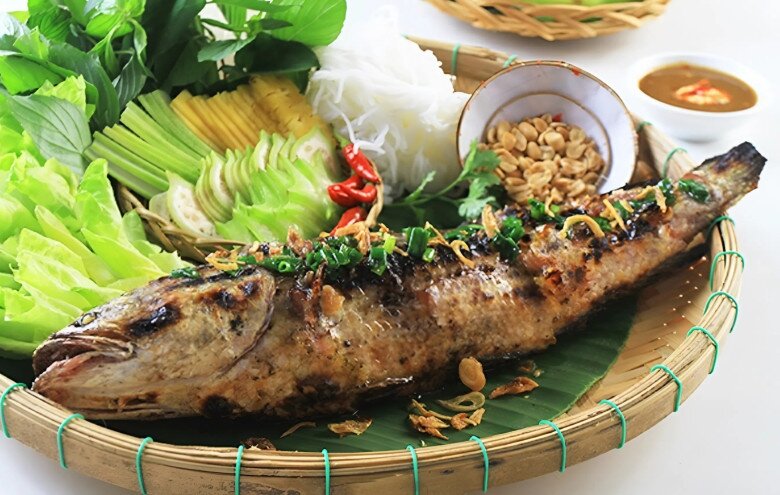
Ca cung can be prepared in a variety of delicious dishes.
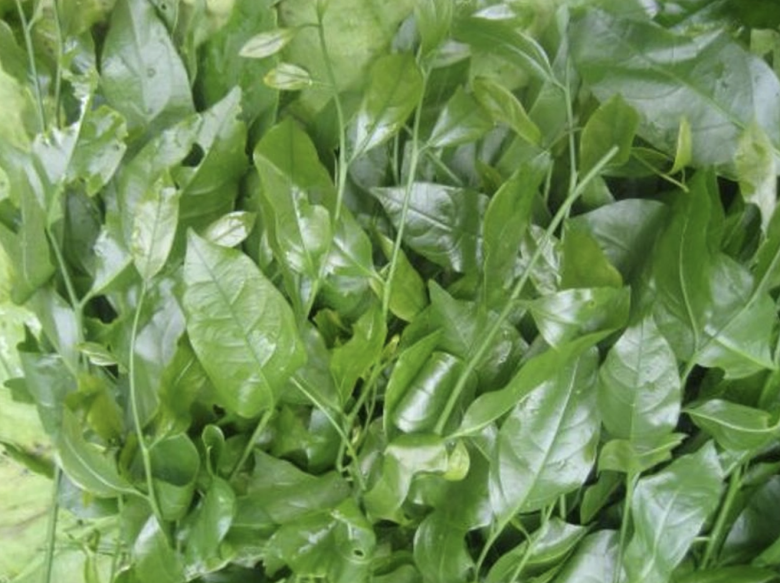
The soup made with ca cung and rau sang is a traditional dish offered by the people of Ninh Binh on the 7th day of the first lunar month to honor their ancestors and pray for good weather and a bountiful harvest.
In a world filled with exotic and novel dishes, ca cung remains a sought-after delicacy due to its subtle flavors and the historical significance it holds for the region of Ninh Binh. From being a royal delicacy in the past to becoming a highly valued specialty today, this fish is a source of pride for the local cuisine and a living testament to the harmonious blend of nature and culture, preserving the soul of the homeland through generations.











